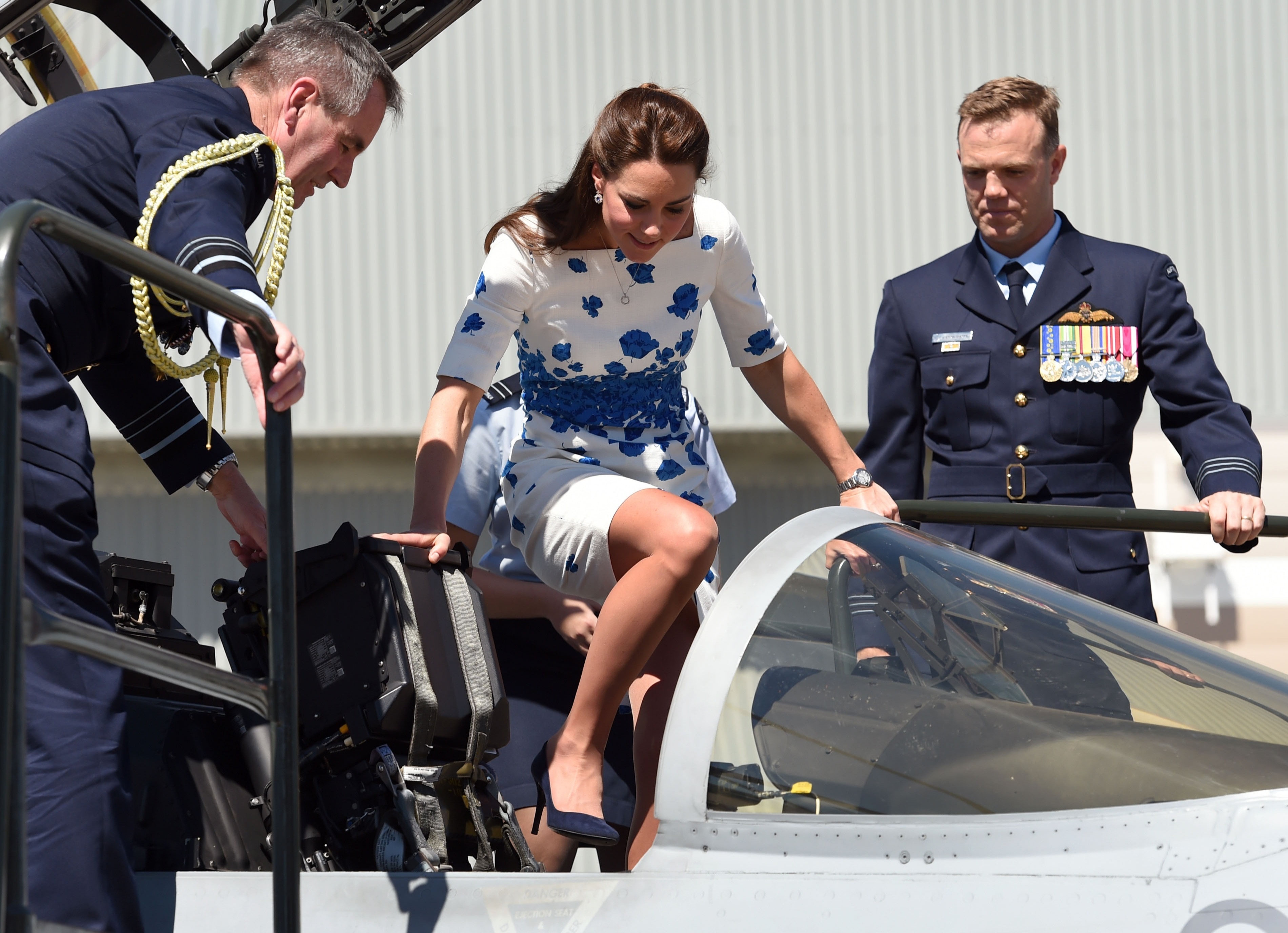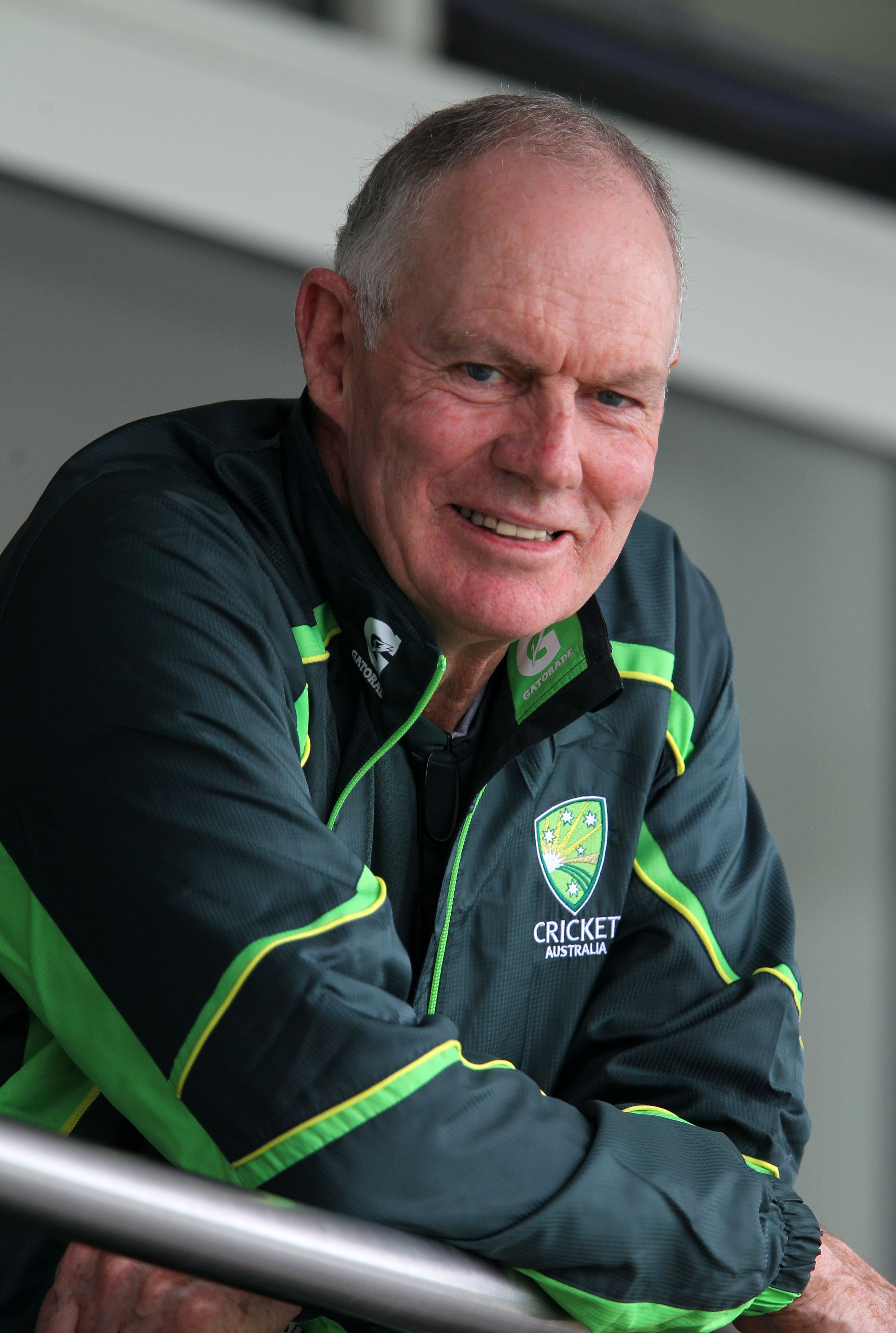Following in Legendary Footsteps
Stephen Chappell, son of cricket legend Greg Chappell, has been named the new Chief of Australia's air force, marking a significant achievement in his career.
From Cricket to the Skies
Greg Chappell expressed his pride in his son's accomplishment, highlighting Stephen's passion for flying that began after watching Top Gun as a child.
A Proud Father's Perspective
Greg Chappell shared his astonishment at his son's appointment, stating that Stephen's success in the air force surpasses anything he achieved on the cricket field.
A Remarkable Son and Father
Despite the demands of his role, Greg praised Stephen for excelling not only in his career but also in his role as a father and husband, commending his ability to balance work and family.

A Legacy of Excellence
The Chappell family has a rich history in cricket, with Greg's brothers and grandfather also making significant contributions to the sport, solidifying their legacy in Australian cricket history.
Frequently Asked Questions
How do professional cricketers manage to train during inclement weather conditions?
Cricketers adjust their training schedules to suit the weather. Indoor facilities are a good alternative to outdoor nets, especially for batting or bowling practice. Many of these facilities have gym equipment as well. When outdoor training is not possible, alternative cardio exercises such as swimming or other aquatic activities can be used to keep fit. Teams and coaching staff are adept at modifying training plans to ensure consistent preparation regardless of the weather.
Do cricketers practice in all areas or are they specialized in one particular skill?
Cricketers tend to specialize in one skill set such as batting (or bowling), wicket-keeping (or bowling), or wicket-keeping. However, they receive training in many areas of the sport in order to be versatile on the pitch. Even the best batsmen and pitchers dedicate time to improve their fielding. All-rounders who can contribute both with batting and bowling split their time between training to improve both skill sets. Training in all facets of the game is essential for team balance, and it provides greater strategic options for the team’s composition.
How many times a week do professional cricketers train for their games?
Professional cricketers practice regularly all year round. They intensify their training in the months leading up to the cricketing season, and also during tournaments. The majority of the time, professional cricketers train between five and six times a week. They concentrate on various aspects of the sport, such as physical fitness, skill training, or match practice. The offseason may involve less frequency or intensity, allowing players time to recover and focus on individual skill enhancement or addressing specific areas of their game.
After a training session or match, do professional cricketers follow any specific recovery protocol?
Yes, professional cricketers follow specific recovery protocols post-training and matches to ensure they are in optimal physical condition. These protocols include cooldown exercises, stretching sessions to alleviate muscle tension, and ice baths or cryotherapy to reduce inflammation and muscle soreness. Nutrition and hydration are important for recovery. Protein intake is also emphasized to repair muscles. In addition to physiotherapy treatments that may include foam rolling or massage, it is important to get enough sleep. This comprehensive recovery program is essential for managing workload and preventing injuries.
What is the purpose of fielding practice in a cricketer’s training?
Fielding drills are an essential component of a cricketer’s training routine, with the modern game placing a high premium on fielding standards. Good fielding can make or break a match by saving runs, making incredible catches or even causing a game-changing out. Fielding drills concentrate on agility, catching and throwing accuracy. They also develop quick reflexes. Regular practice allows fielders to become sharper and more responsive on the field. This can boost the team’s defensive abilities and also help to maintain the team’s momentum and morale.
Statistics
- Professional cricketers playing at the international level may engage in upward of 200 hours of net practice sessions in a year.
- Research indicates that fast bowlers need to maintain a body fat percentage below 15% to optimize performance and minimize injury risk.
- On average, professional cricketers dedicate 20-25 hours per week to various forms of cricket-specific training.
- Video analysis for performance enhancement can take up as much as 10 hours per week in a professional cricketer’s training schedule.
- Post-match recovery protocols, including active recovery and physiotherapy, can reduce injury recuperation times by up to 30% for professional cricketers.
External Links
icc-cricket.com
prodirectcricket.com
- Pro-Direct Cricket Training Equipment
lords.org
wisden.com
espncricinfo.com
How To
How To Develop a Cricket Professional’s Fitness Training Routine
Start by evaluating an athlete’s current physical condition. This includes stamina and strength. Develop a comprehensive program that combines aerobic exercises to increase endurance, strength training and regular stretches for flexibility. It is vital to tailor the routine to accommodate the player’s specific role in the team – whether they are a fast bowler, batsman, or all-rounder. Interval and plyometric training can help improve performance. To avoid injuries or overtraining, allow yourself enough time to recover and take rest days.

